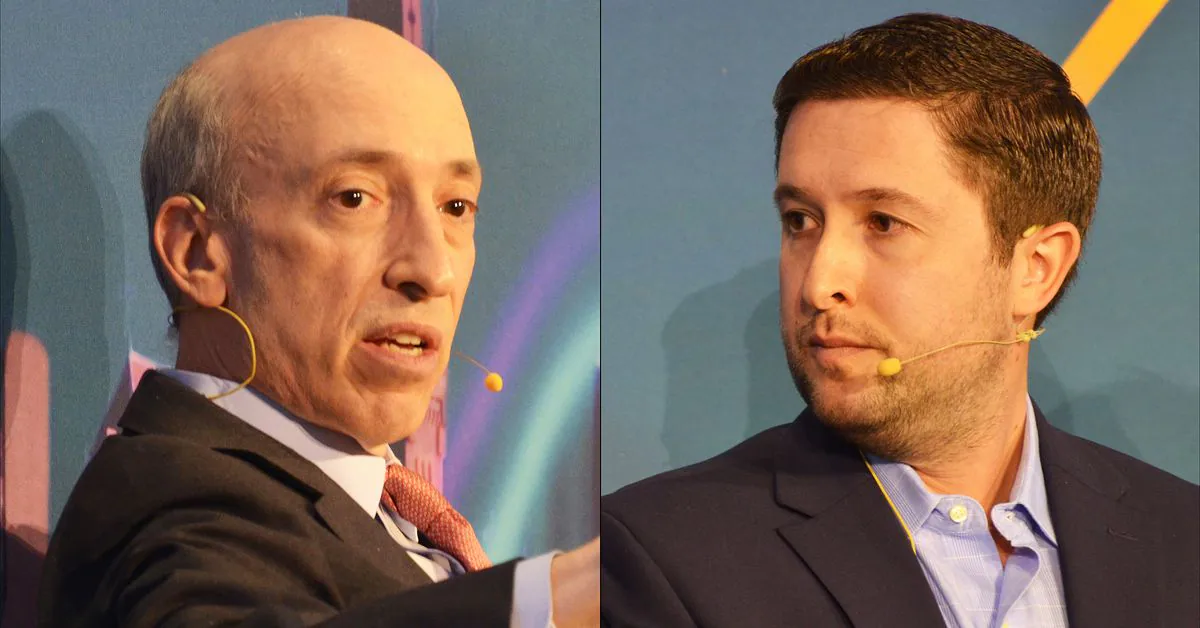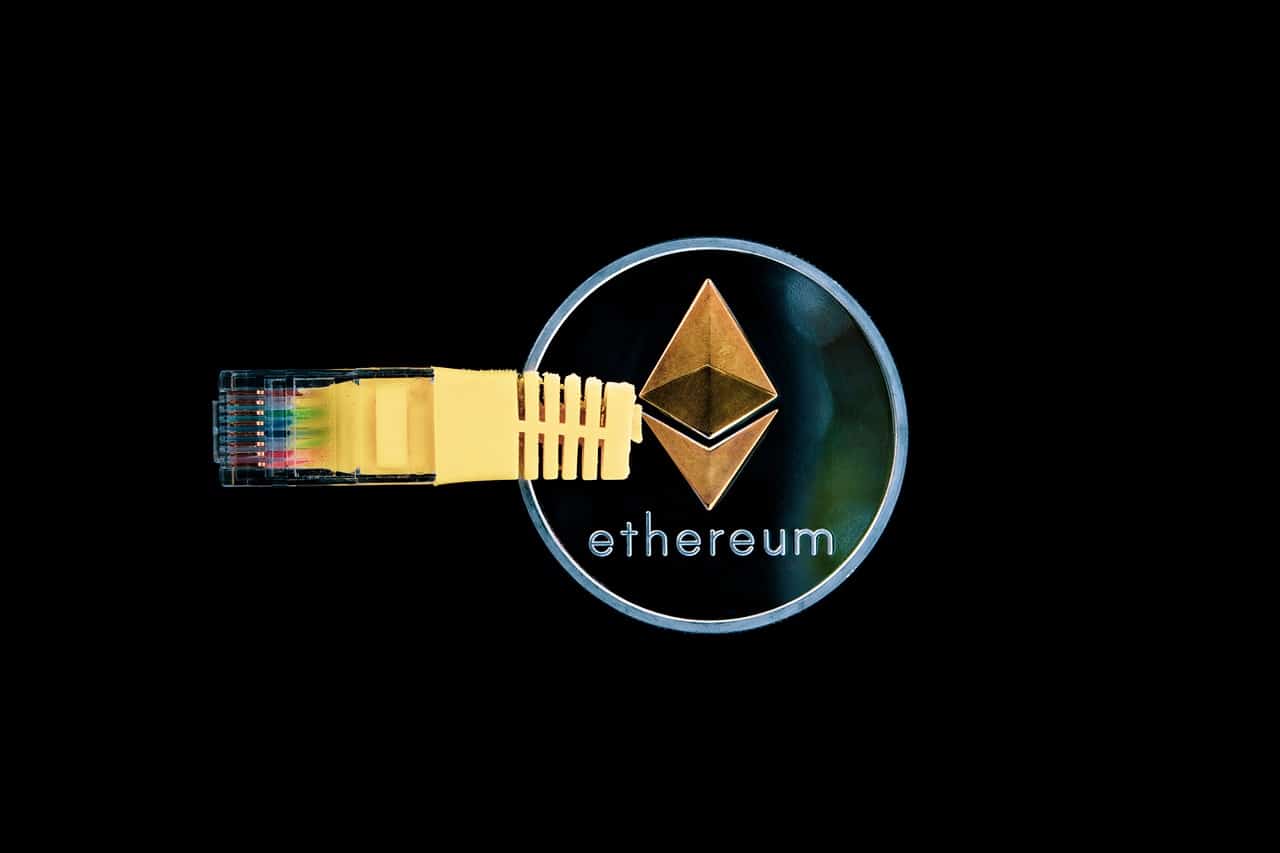Luke sparks a heated debate about the Bitcoin engraving, how does the overseas community view it?
Luke ignites a fiery discussion on the Bitcoin engraving What is the global community's perspective?Author: James Hunt, The Block
Translation: Felix, LianGuaiNews
Key Points
- Luke Dashjr, the co-founder of Bitcoin Core and Ocean Mining Pool, stated that Inscriptions are exploiting vulnerabilities in the Bitcoin Core client to send spam to the blockchain. This vulnerability has recently been “fixed” in Bitcoin Knots V25.1, which Dashjr maintains.
- Many community members disagree with this claim and believe that Inscriptions will not stop amidst the ongoing debate about network congestion and how Bitcoin is used.
- The trend of Inscriptions seems to be spreading to other chains, resulting in an increase in trading volumes for Ethereum, Solana, Near, Polygon, Celo, and Fantom.
Luke Dashjr, a Bitcoin core developer and co-founder of the Ocean Mining Pool, published a lengthy article criticizing Ordinals and BRC-20 tokens as spam on the Bitcoin blockchain. Currently, there is a debate surrounding issues such as network congestion and the use of Bitcoin.
- Will the Bitcoin community fork if core developers want to ban inscriptions?
- The trend is set, and we are in the midst of a new bull market cycle for BTC.
- Bitcoin Unveiling the Rendezvous of the Digital Age and the Gold Standard
Dashjr posted on Twitter: “Inscriptions are exploiting a vulnerability in Bitcoin Core to send spam to the blockchain. Bitcoin Core has allowed users to set limits on the size of additional data since 2013. Inscriptions bypass this limit by obfuscating the data as program code.”
Dashjr added, “This bug was recently fixed in Bitcoin Knots v25.1. However, Bitcoin Core is still vulnerable to attacks in the upcoming v26 release. I hope it will be fixed before the v27 release next year.”
A community member asked, “If this bug/vulnerability is fixed, does it mean that Ordinals and BRC-20 tokens will no longer exist?” Dashjr replied, “Yes, Ordinals never existed; it’s all a scam,” although existing Inscriptions will still be retained.
Bitcoin Knots is a derivative of Bitcoin Core primarily maintained by Dashjr. Currently, only 147 nodes (0.22%) use Bitcoin Knots, while 66,545 nodes (98.83%) use Bitcoin Core, the most widely used software in the Bitcoin protocol. Thus, reaching consensus for similar changes in Bitcoin Core is a completely different matter.
However, according to the latest information, when Dashjr responded on X platform to a question about whether a miner can still process Inscriptions on the blockchain as long as one miner chooses not to opt-out or whether miners must achieve majority consensus on joining/exiting, Dashjr replied: “We don’t have to eliminate all Inscriptions to benefit the Bitcoin ecosystem.”
Stirring debate in the international community, Dashjr is criticized for being too subjective
Although Dashjr’s comments have received support from Bitcoin educator Giacomo Zucco and other Bitcoin enthusiasts, many people still do not agree.
Bitcoin Frontier Fund (formerly Stacks Ventures) general partner Trevor Owens responded to Dashjr’s post by saying, “Whether this ‘bug/vulnerability’ is added to Bitcoin Core v27 (hint: it won’t), the meme will never stop. People will pay for them and miners will mine them. You cannot stop it as long as there is demand in the market. Accept that reality.” Several other members of the Ordinals community also posted the same message.
Udi Wertheimer, co-founder of the Taproot Wizards project, said, “Dashjr has made sporadic contributions to the open-source Bitcoin project over the years and does not own the Bitcoin network.”
Udi Wertheimer added, “Since February of this year, Dashjr has been angrily expressing opposition to Ordinals on Twitter, but it has been unable to stop its development trend. As Ordinals further solidifies its position as a key use case for the Bitcoin network, it is expected that this discourse and anger will continue. We would like to take this opportunity to thank Dashjr for forever hosting our wizard jpeg on his Bitcoin node.” (a sarcastic remark about Dashjr’s inability to stop memes)
Eric Wall, co-founder of Taproot Wizards, said, “He is not proposing to change the consensus rules but suggesting that miners banish memes from entering blocks. If Dashjr were to proceed in his way, it would mean that only one mining pool would be needed to include memes on the chain. We already know of one mining pool that likes Ordinals – Luxor, Luxor helped us mine a 4MB Taproot Wizard jpeg. If Luxor monopolizes meme mining, it will be the most profitable mining pool to date. Even if you agree with Dashjr’s fantasy idea, the hash rate would be highly concentrated because most people would mine with Luxor. Dashjr’s proposal goes completely against his goals.”
“Luke Dashjr has taken a subjective moral stance on Ordinals memes and has also established a mining method at Ocean Mining Pool that completely ignores meme transactions with heavy data loads. Solving money problems with mathematics is a task that very few people take seriously (most miners will choose to mine memes because they are more economically valuable). Dashjr has the ability to implement a method that does not block the Bitcoin blockchain. However, Dashjr’s viewpoint is not the network consensus, considering that memes can bring greater profits to Bitcoin miners, Dashjr’s efforts may just be wishful thinking.” Jesse Shrader, co-founder and CEO of Lightning Network data analysis provider Amboss, said.
He added, “Taking a subjective moral stance on whether a transaction is good or bad largely conflicts with the nature of Bitcoin’s essence: Bitcoin is a ruthless, neutral protocol. Once we start making subjective judgments based on the content of transactions, users may find their ability to resist censorship decreased because we have moved away from transaction judgments based on fees.”
Casa’s Chief Technology Officer, Jameson Lopp, expressed, “Luke Dashjr has the right to express his own opinions, but I doubt that many would agree with categorizing coinjoins as vulnerabilities. Categorizing them as spam is subjective: it depends on whether you think you should decide which use cases are appropriate for the Bitcoin protocol or if you think any transaction that pays a competitive fee should be allowed to purchase block space.”
Lopp expects economic rationality to prevail, and he explains that currently, most miners are large institutions with a responsibility to maximize profits for their shareholders. Therefore, they will mine any valid transaction that can pay the highest fee. On the developer side, Lopp has previously stated, “Prohibiting arbitrary data is a ‘rabbit hole’ that you don’t want to fall into.”
Ocean Mining Pool Stirs Controversy by Filtering Coinjoin Transactions
Last week, Ocean Mining Pool, founded by Luke Dashjr, secured $6.2 million in seed funding led by Block CEO Jack Dorsey. This funding is intended to support the launch of Ocean Mining Pool and other decentralized mining initiatives.
Ocean Mining Pool utilizes a “fixed” version of Bitcoin Knots to filter coinjoin transactions. They stated, “In addition to other improvements, this upgrade fixes a long-standing vulnerability exploited by spammers. As a result, our blocks will now include more legitimate transactions and help to put an end to DoS attacks on the Bitcoin network.”
Udi Wertheimer also commented on the filtering issue, saying, “Strongly doubt it’s real (if it is, they’ll go bust soon).”
As criticisms of transaction filtering in Ocean continue to grow, Bitcoin Mechanic, the pseudonymous Head of Global Sales at Ocean, stated, “It’s pointless to discuss filtering with people who don’t understand filtering. We will filter out coinjoin spam, and of course, you’re free to mine and continue spreading FUD in other mining pools.”
However, many miners are still excited about the rise of coinjoin in Bitcoin because they receive additional transaction fees on top of the Bitcoin block rewards. Dashjr argued, “Bitcoin’s operation relies on the assumption that the majority of miners are honest and not malicious. Additionally, for some reason, blocks that filter spam usually collect higher fees.”
Increased Miner Revenue
According to data from The Block, there has been a significant increase in Bitcoin network transactions this year. Simultaneously, there has been an increase in coinjoin-related activity. In November, the daily average number of Bitcoin transactions reached a new all-time high of 607,000 transactions.

Therefore, compared to reward subsidies, Bitcoin miners have seen an increase in income from transaction fees.

However, the inscription activity has also caused network congestion. If other users are unwilling to pay higher fees, it can lead to increased costs or delayed transaction processing. As of the time of writing, there are over 275,000 transactions waiting to be confirmed on the Bitcoin network, more than 5 times the allocated 300MB memory usage. According to data from the Bitcoin browser Mempool, the average transaction fee in the next block is currently around $17, while the historical average level is only $1 to $2.
Inscription craze drives a surge in chain transactions
Earlier this year, Bitcoin inscriptions became increasingly popular and sparked debates about whether inscriptions of NFTs and BRC-20 tokens should exist on Bitcoin. This is because inscriptions rely on Bitcoin’s OP_RETURN function, which is used to store arbitrary data on the blockchain.
Some argue that these elements are unintended consequences of the Bitcoin SegWit and Taproot upgrades, making inscriptions economically viable and should be removed from Bitcoin. Others believe that this unforeseen consequence is a part of the upgrade and should continue to be used as long as users abide by the rules of Bitcoin.
Lopp stated in July, “I believe this is a dispute over the two main views of how Bitcoin should be used. One is more subjective, believing that only simple and pure financial transactions should be allowed, just like Bitcoin is just cash. The other perspective believes that Bitcoin is a programmable currency protocol that should be open for people to use as long as they operate within the rules.”
Despite ongoing market controversy, the current craze for BRC-20 tokens has spread to other chains, including Ethereum, Solana, Near, Polygon, Celo, and Fantom, resulting in a surge in transaction volume.
For example, according to data from The Block, the daily average transaction volume on the Near blockchain reached a historical high this month due to the surge in inscriptions.

A similar surge has recently occurred on Polygon, with the number of transactions increasing from 2.89 million on November 14 to 6.1 million on November 15, the highest level since October last year.
In response to this, Bitcoin supporter Eric Wall explained, “because destroying Gas/wasting block space is the last distribution mechanism for ‘open retail.’ Retail investors often face multiple challenges when acquiring low-market-cap cryptocurrencies, such as illegal ICOs, potential market manipulation risks leading to difficult airdrops or investments in Memecoins. BRC-20 tokens allow anyone to fairly participate in the issuance of specific tokens from day one. Degen has found a way out.”
Related reading: Bitcoin developers spark controversy over disabling inscriptions: a multifaceted game of interests
We will continue to update Blocking; if you have any questions or suggestions, please contact us!
Was this article helpful?
93 out of 132 found this helpful
Related articles
- Bitcoin’s Perfect Imperfection: The Halvening
- The Rise of Bitcoin ETFs: From Gradual to Sudden
- Web3 Law Popularization | The Dilemma and Risks of China’s Blockchain RWA Entrepreneurship
- Axie Infinity cannot hold the peak, mistaking selling goods as a way out
- Bitcoin developers spark a wave of controversy over the disabling of inscriptions, a multi-party game of interests.
- ETH rebounds to $2200, how do cryptocurrency practitioners view the future market trend?
- In-Depth Analysis How Tether is Used to Evade US Sanctions?






